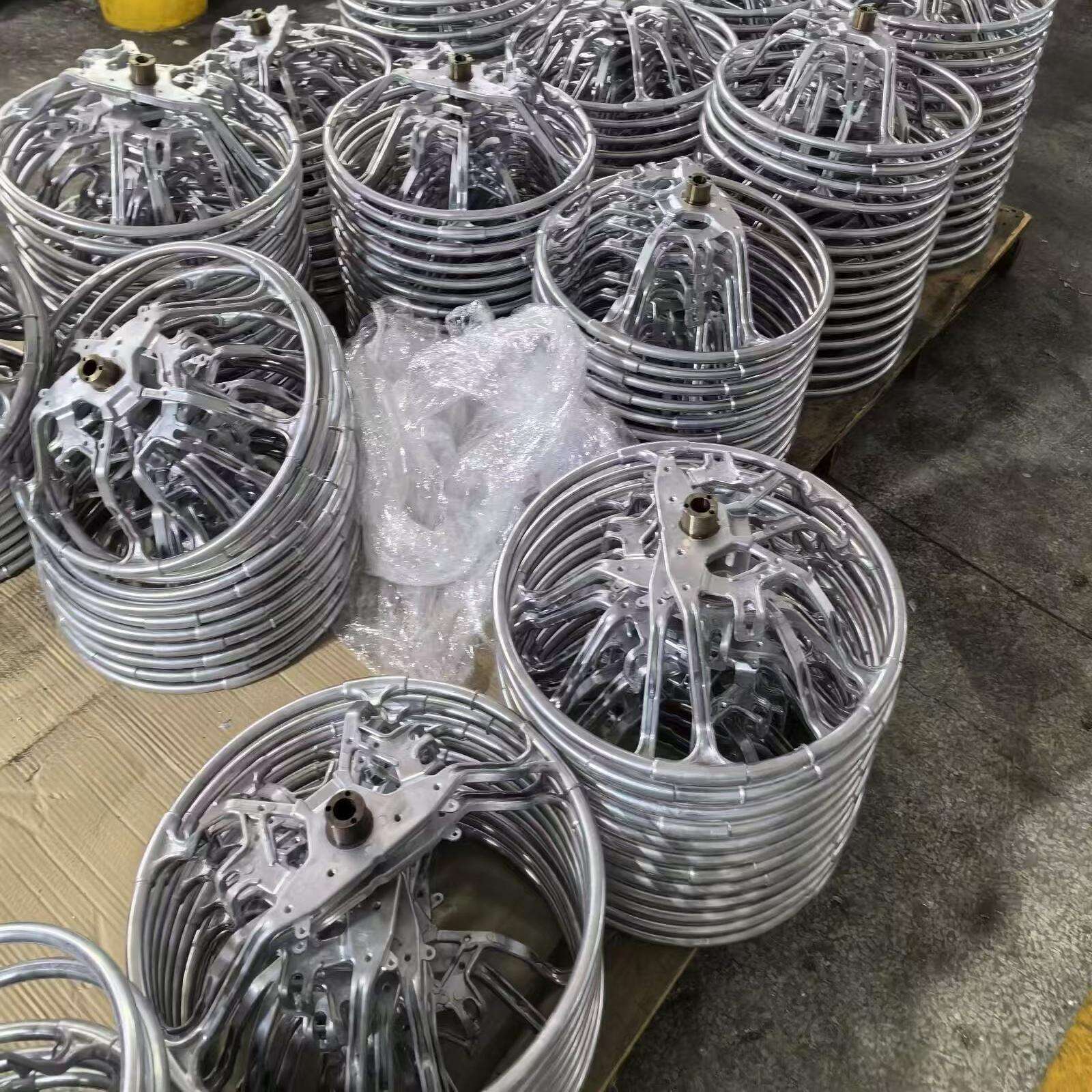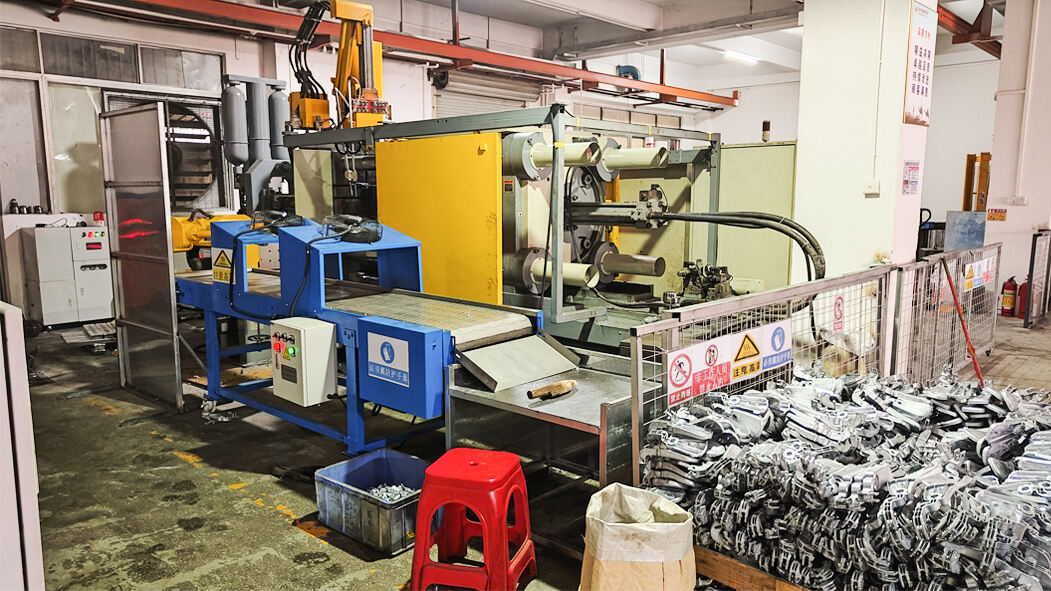die casting mould design
The die casting mold design is a precision-engineered tool used in the manufacturing industry to produce metal parts through the die casting process. Its main job is to finish work for the molten metal, which consists mainly of molten nonferrous metals through diecasting dies. This is an operation needed so that the get solidifies at room temperature after 10 to 20min, in order to achieve dimensional precision. Three aspects constitute the technical characteristics of the mold design: complex cavity patterns, optimized cooling systems, and new materials.we can make to withstand higher temperatures and pressures. This mold design is vital for creating complex shapes, fine details, and functional parts in such industries as the automotive, aerospaceand electronics; it's also important in welding connections between hard-facingpowdersand those parts made from austenitic stainless steel. Die casting moulds have many applications from automotive components to intricate electronic guards for high precision and quality.


